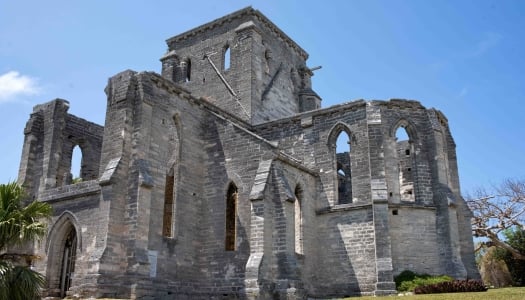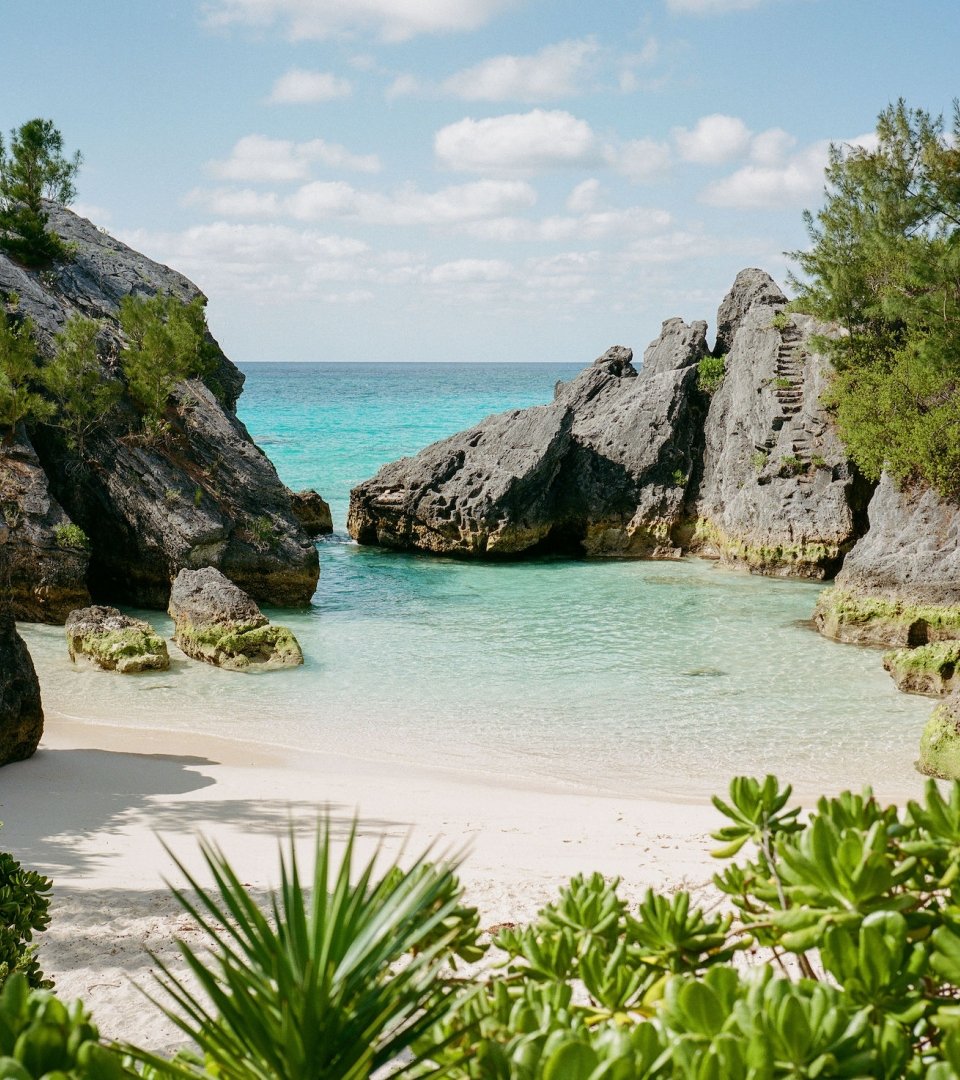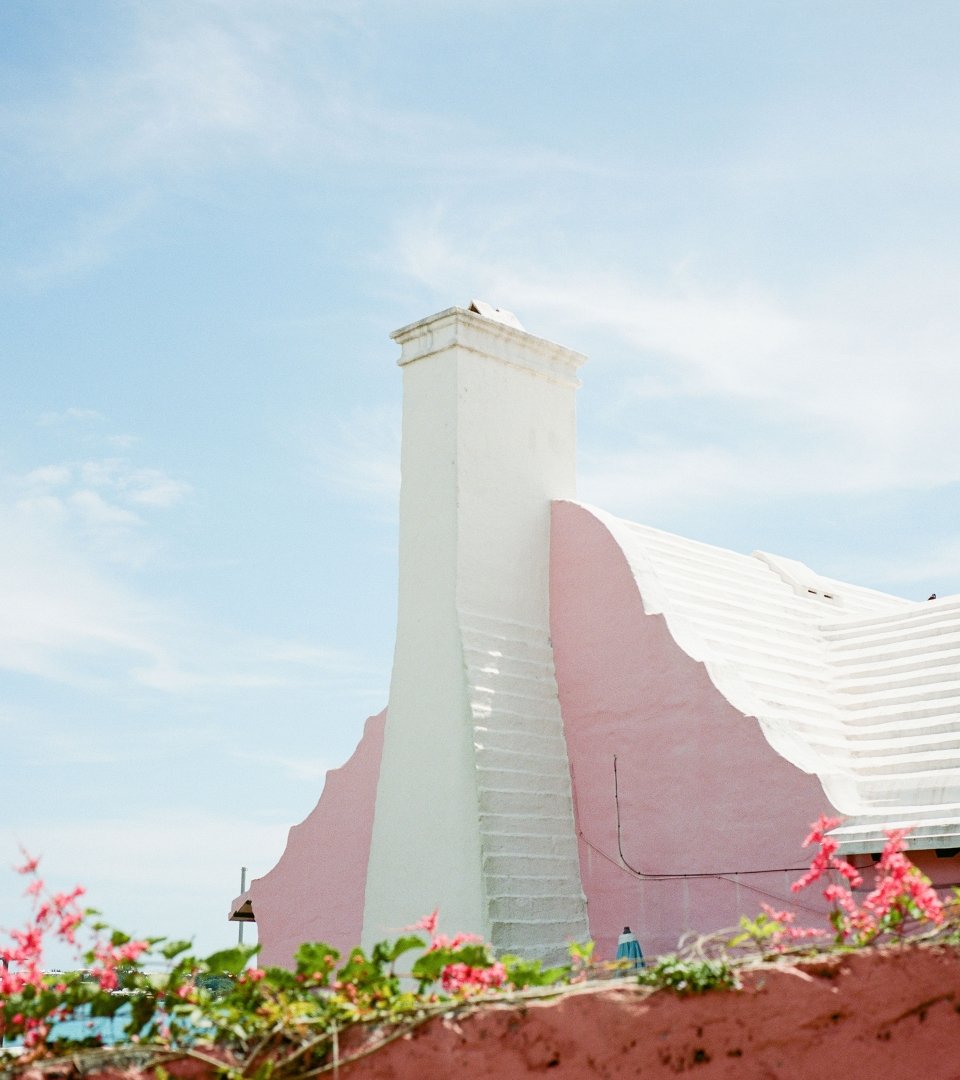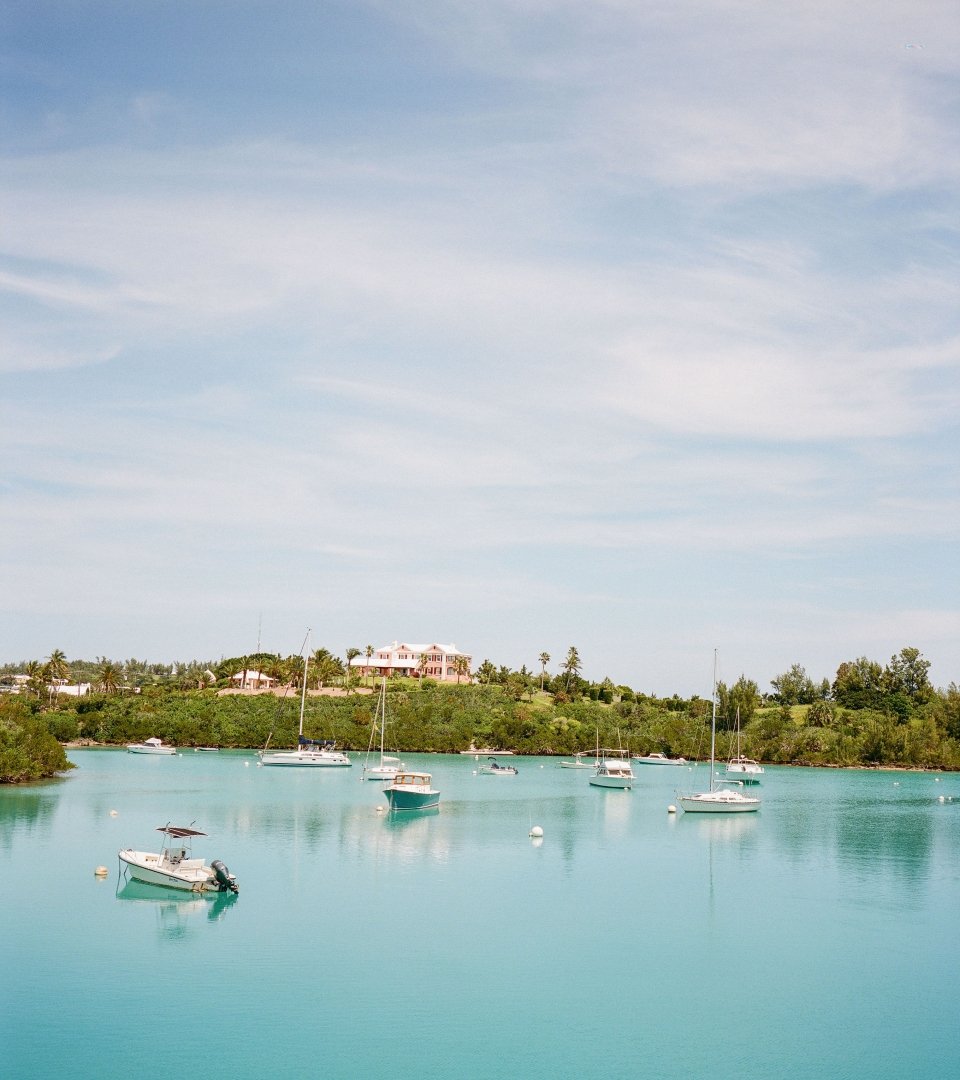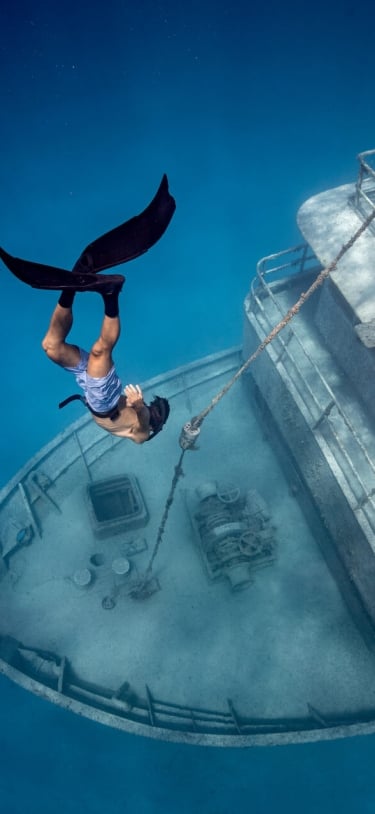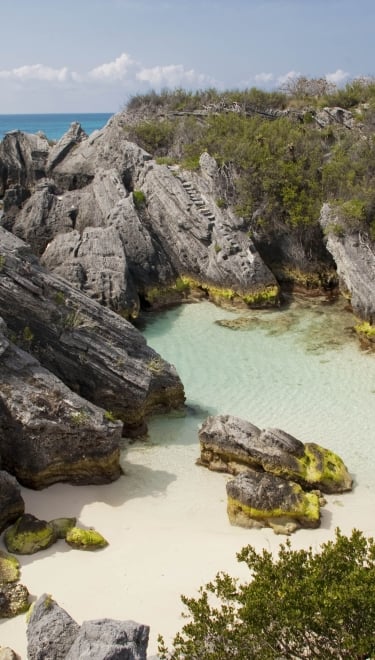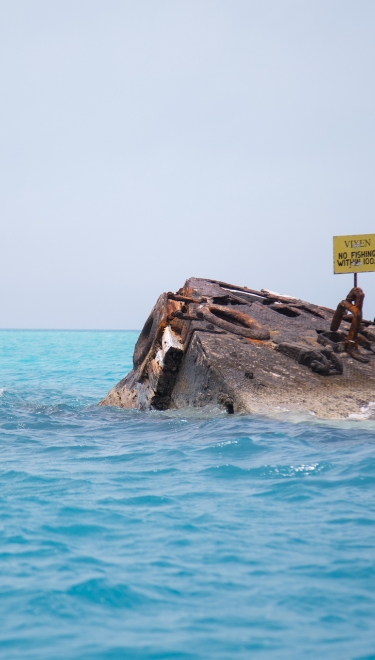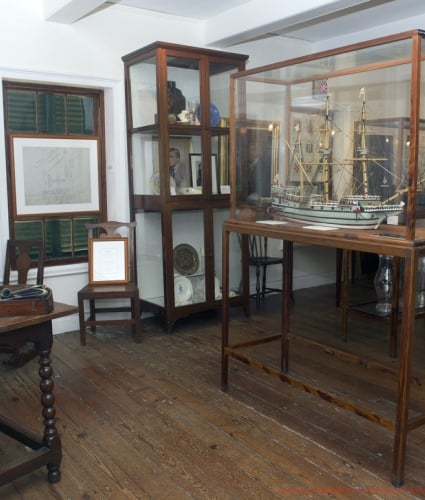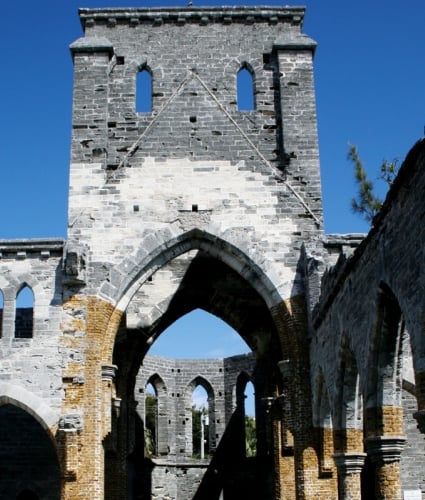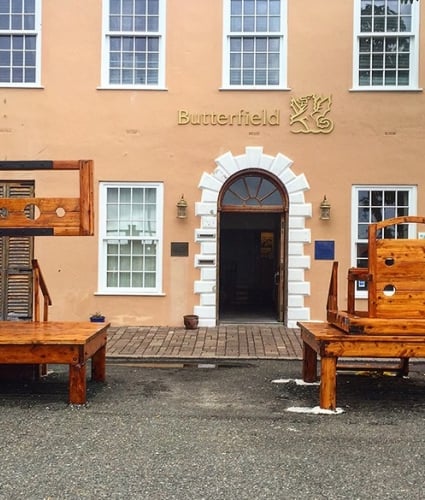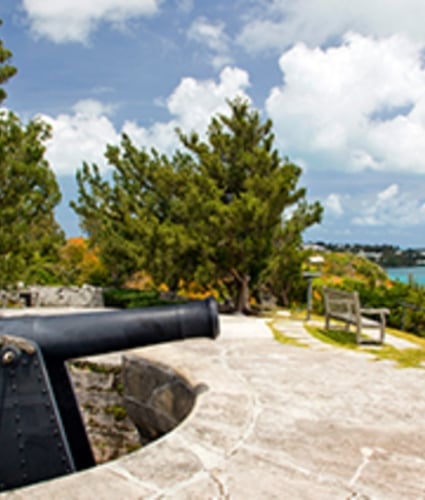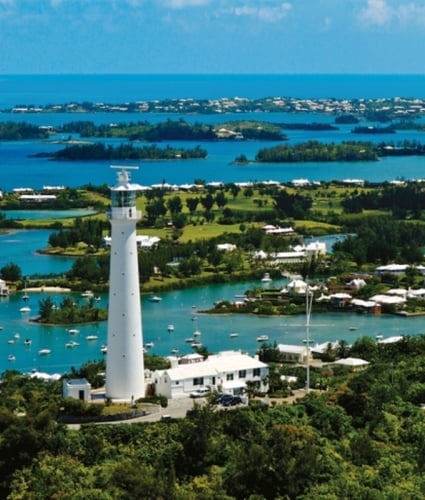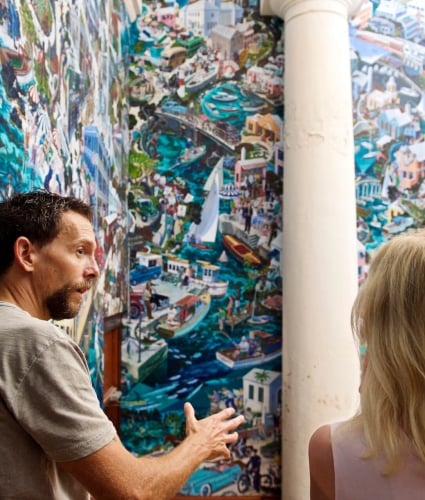The Early Years
Bermuda first appeared on a map in the early 1500s, but its inhabitation started about 100 years later, following a shipwreck just offshore. The crew of the Sea Venture decided to stay put – was it out of necessity, or just because they’d fallen in love with our island? Since its eventful beginnings, Bermuda has been part of some of the world’s most important, impactful events, attracting people from all over the world to its shores and growing to a population of more than 60,000 today.
As you take a walk through Bermuda’s history, you’ll cover a lot of territory: slavery and emancipation, the arrival of the British Royal Navy, the mystique of the Bermuda Triangle during the mid-20th century, and so much more – all of which shapes who we are as a country today.
Bermuda's Emancipation
From the 1600s, many enslaved people were brought to Bermuda, including shipwrecked passengers and the crews of captured vessels alongside many African and Native American people. The colony was administered by the Virginia Company until 1684 when the crown took over. In 1815, the capital moved from St. George to Hamilton. Finally, in 1833, slavery was outlawed throughout the British Empire, including Bermuda.
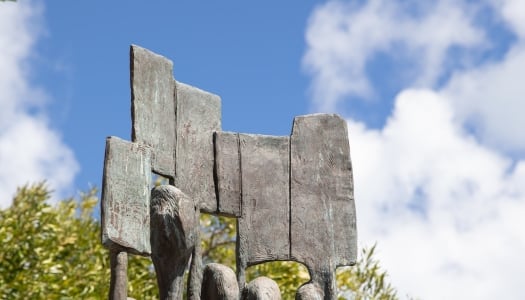
Adventures At Sea
Due to its proximity to the United States and position between Europe and North America, Bermuda was a prime location for the British Royal Navy and other military activity. During the War of 1812 between the US and Great Britain, British troops deployed from Bermuda to take on Washington, DC and Baltimore. Bermuda was part of military efforts during the American Civil War. During Prohibition, rum was smuggled to the U.S. from Bermuda. During the first and second world wars, Bermuda was the site of many warship repairs and refurbishments. By 1951, the Royal Navy left Bermuda, and the site evolved into one of the island’s most beloved cultural destinations.
Historic Landmarks
The Town of St. George, along with numerous surrounding forts and sites, is a UNESCO World Heritage Site, and many of its key features have been preserved for more than 400 years. Stop by the Old State House (1620), and the Old Rectory (1699). The winding cobbled lanes and alleyways all pay testament to the Bermuda of centuries past. Don’t miss the Unfinished Church, a gothic structure that was meant to replace St. Peter’s Church, which was damaged by a hurricane. Due to financial issues, disagreements about the project, and another severe storm, the church was never completed and today visitors can check out the site for free. The National Museum of Bermuda and Bermuda Maritime Museum, both housed at the Royal Naval Dockyard, feature interesting exhibits about Bermuda’s early days, including a vast, 1,000-square-foot Hall of History mural by Graham Foster, a Bermudian artist. Another site of note is Gibbs’ Hill Lighthouse, dating back to 1846 and one of the oldest cast iron lighthouses in the world. St. David’s Lighthouse is another historic beacon, in operation since 1879.
